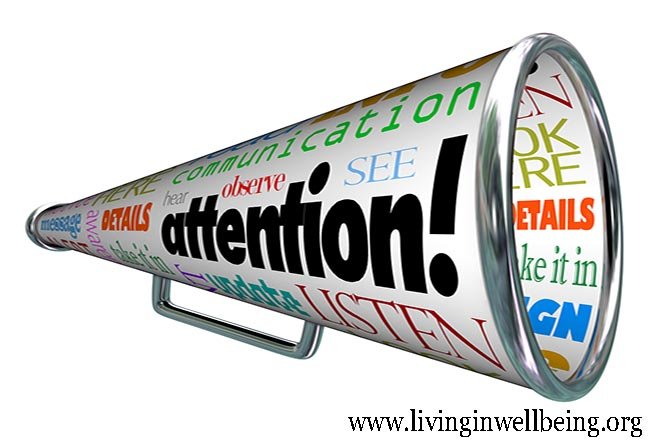
The owner of Rick’s Restoration Service was sitting in his office talking to his workers. Business had been steady but, with the economy rumbling back to life, he wanted to ramp up. He wanted everybody who had an old car that needed a lot of work to bring it in and have the necessary work done. His new plan was to fix the cars. If the customer didn’t want to do what it took to get the car in shape, he would buy the car from them and open a used car lot. It was a bold plan, but one that he thought had a lot of potential.
His biggest problem was that he didn’t know how to put the plan into motion. He was a mechanic, and everything he had done had been figured out as he went along. Occasionally he had distributed flyers in order to drum up business, but he didn’t have much more experience than that.
He decided to call the rep who had handled the flyer job. The rep was a salesman with a full-service printing company, and he came over to talk to Rick. He listened to Rick discuss his plans, and after a good deal of thought, he came up with a plan.
He suggested that they create a brochure just for the purpose of selling this idea. They decided to take photos of cars that were in need of restoration work and then continue to photograph them as the work progressed. They ended up with a photo of the completely restored car which looked great, and so that was the one that they put on the front panel of the brochure.
What they said in the text of the brochure was just as critical as the photo. They explained that they were offering a restoration service and that they could bring beaten-up old cars back to life. There were many people, they assumed, who may not have realized how bad of a shape an old car could be in and still be brought back to life. They felt that by showing it on a step-by-step basis – panel by panel in the brochure – the process could be portrayed realistically.
They also used the brochure to make a pitch for the old cars to be bought and restored and sold by Rick. Those who didn’t want to pay for the restoration could just get rid of the old car and walk away.
The next consideration was how to get the car into the hands of potential buyers. Rick figured that the best place to go would be the homes of lower middle-income people: they would have more cars in bad shape and would probably want to unload them for the cash. He decided on the post office’s Every Door Direct Mail program and picked out the neighborhoods he thought would be the most productive. It worked. He got plenty of takers – some for restoration work and a lot more to open up that used car lot.












